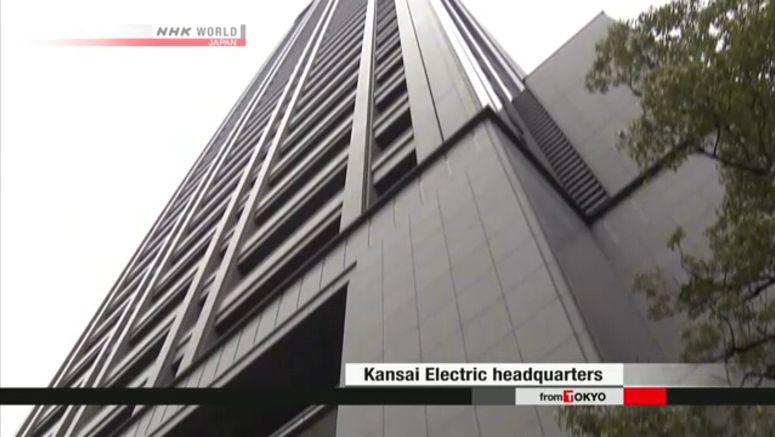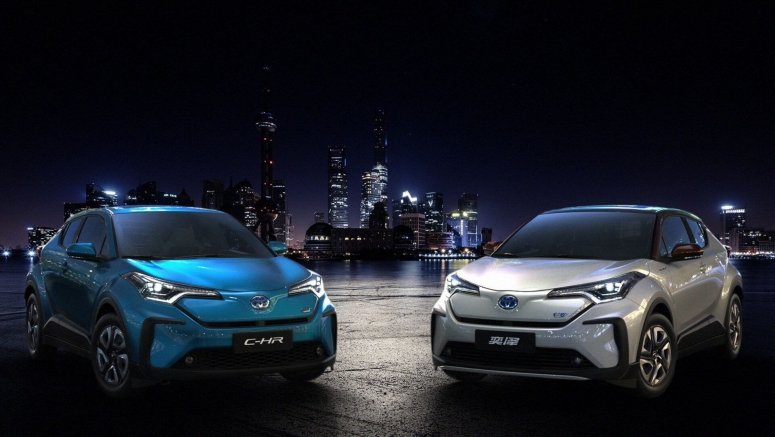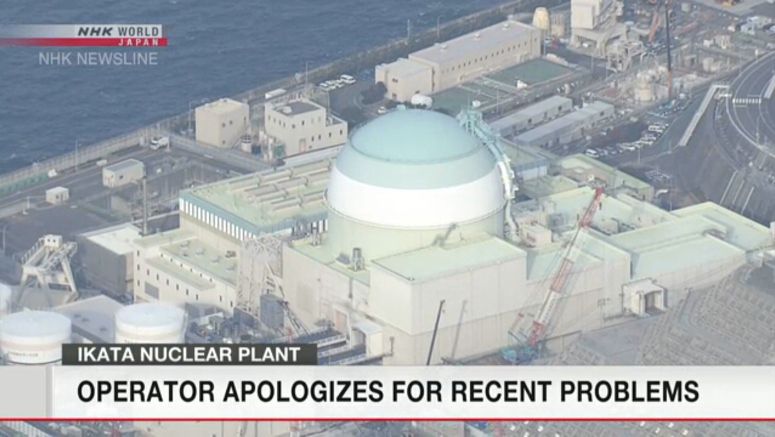Mazda Mx-30 Electric Car Starts Production In Japan
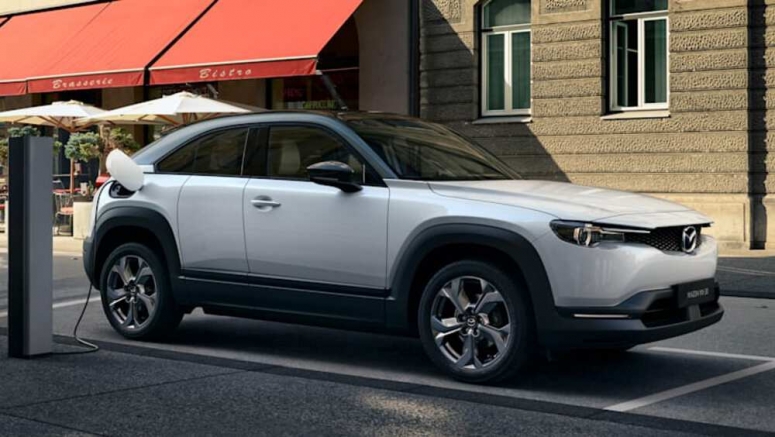
Mazda has officially started production of the electric MX-30. For the time being, the small electric car hasn't been announced for the U.S. yet. Mazda hasn't declared otherwise, though, so we still have our hopes up. The first MX-30s are rolling off the line in Hiroshima, Japan. Europe will be one of the first places where these MX-30s end up. The car starts at £30,495 in the UK and €33,990 in Germany. That's around $38,000. Certainly expensive, but the price would surely be different here, plus we'd be eligible for the full $7,500 tax credit.
Those lucky European customers will be met with an electric car that likes to do things a little differently than others. The modest 35.5 kWh battery pack is good for just 124 miles on Europe's optimistic WLTP testing cycle. It would surely achieve a much lower number in the EPA test. Mazda has made it front-wheel drive, placing a single motor on the front axle that's good for 143 horsepower.
- Published in Auto Moto
- Read more...
Nissan Nv400 Becomes Japan's First Electric Ambulance

Consumer passenger cars aren't the only vehicles undergoing electric transformations. We've seen the introduction of early electric fire trucks, and now Japan is getting its first electric ambulance. It's a Nissan NV400, and it will be used by the Tokyo Fire Department at the Ikebukuro station.
Though badged as a Nissan, the NV400 is at its heart a Renault Master Z.E. electric van. The powertrain is the same as the French van with a 33-kilowatt-hour battery (7 kWhs less than the base Nissan Leaf) and a 55-kW motor driving the front wheels. That translates to 74 horsepower and 162 pound-feet of torque. That doesn't sound like much, but in as dense a city as Tokyo, it's not likely the NV400 will be able to reach high speeds at all, even if it had a Hellcat engine.
- Published in Auto Moto
- Read more...
Mercedes-benz Vision Eqs Concept Drive | Interior, Technology, Electric
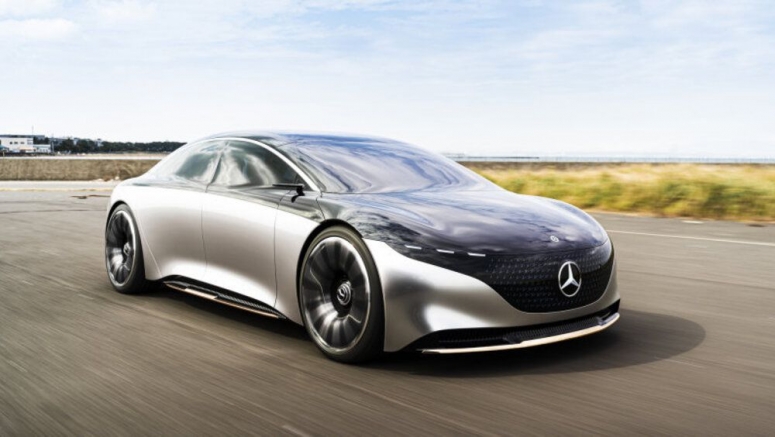
There is something eerie about driving concept cars. It's not that they're priceless one-offs, painstakingly created by a host of craftspeople. And it's not that they're champingly bridled, powered by a full battery array, yet only able to be driven at 5 mph for safety's sake. And it's not that it's illegal to drive them on public roads, especially in Japan, so you're forced to conduct yourself in an abandoned-looking bay-front industrial parking lot. It's creepy because moving around in a vehicle that is, at heart, nothing but a fantasy, lends credence to the underlying delusion, makes such a car seem possible, real. Driving a concept car backfills the uncanny valley.
This is especially true if the concept in question is a Mercedes-EQ sedan, an elegantly ovoid, full-size, battery-powered, ultra-luxury four-door. Mercedes has not made any secret of the fact that it plans to grow its all-electric EQ sub-brand to include an entire vehicle line. And one of them must necessarily be an S-Class-like sedan, a marque signature for decades. In fact, the brand has officially stated that it will sell an all-electric vehicle very much like the Vision EQS Concept, alongside a new gasoline- or hybrid-powered S-Class, starting in the early 2020s.
- Published in Auto Moto
- Read more...
Kawasaki Endeavor Electric Track Motorcycle With Manual Transmission
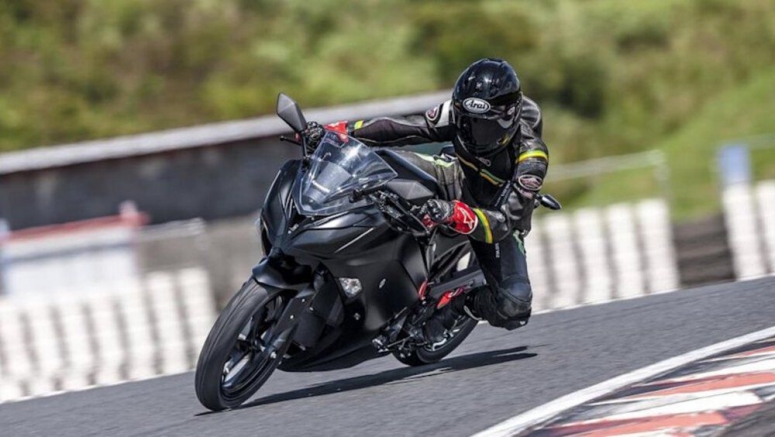
Kawasaki confirmed its upcoming entry into the blossoming electric motorcycle segment will offer a manual transmission. Called Endeavor, the model is being developed with track use in mind, so engagement is key.
The Japanese company is in the process of teasing the battery-powered model on its official YouTube channel. The latest installment in the 10-episode series shows a prototype bike whirring away on a race track as the rider uses the foot-operated lever to go through the gears. "The manual transmission not only allows a greater speed range, it also allows the rider to have greater input when operating the bike," the company said.
- Published in Auto Moto
- Read more...
Subaru Will Name Electric Crossover Evoltis
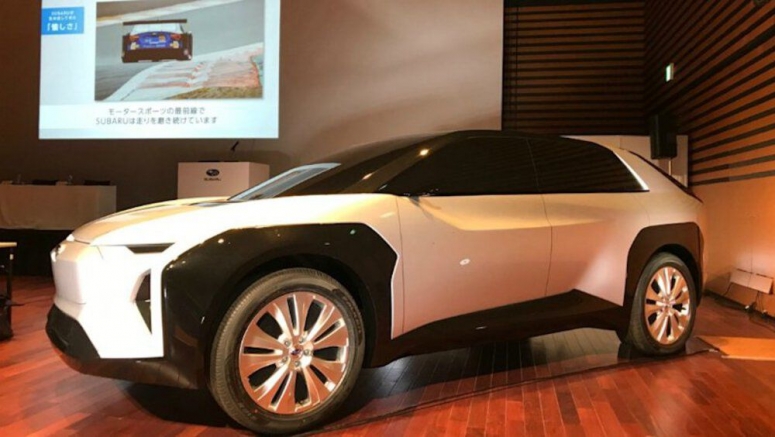
Two years ago, Subaru Japan applied to trademark the name "Evoltis" in the U.S. At the time, it was thought the name would accompany the brand's new plug-in hybrid or some component of the hybrid system. Instead, the PHEV we got returned the Crosstrek Hybrid name to active use, after Subaru retired the first non-plug-in Crosstrek Hybrid in 2016. Whither the Evoltis, then? According to CarBuzz, citing "reports from Japan," Subaru will apply the moniker to a coming battery-electric crossover it is developing with Toyota. The automaker previewed the concept version of the crossover in January of this year during a technical meeting in Japan, built atop a flexible platform to accommodate multiple production vehicles from both brands.
Subaru's known for exciting concepts that get stripped to comparative blandness for production. Perhaps tired of the ensuing vitriol, reports say Subaru's inverting the process this time, the production model promising to be more radical than the concept. That won't be difficult, seeing the concept looked like an appliance from a low-budget sci-fi movie, and if not for the Pleiades badge on the front fascia most enthusiasts probably would have thought the concept was a Toyota. Underneath the eventual sheetmetal, rumors figure electric motors turning both axles will combine to produce about 280 horsepower, supplied by a battery stout enough for a range of more than 300 miles — note, that could be a Japanese-cycle figure for range.
- Published in Auto Moto
- Read more...
Honda Clarity Electric Discontinued After 2019 Model Year
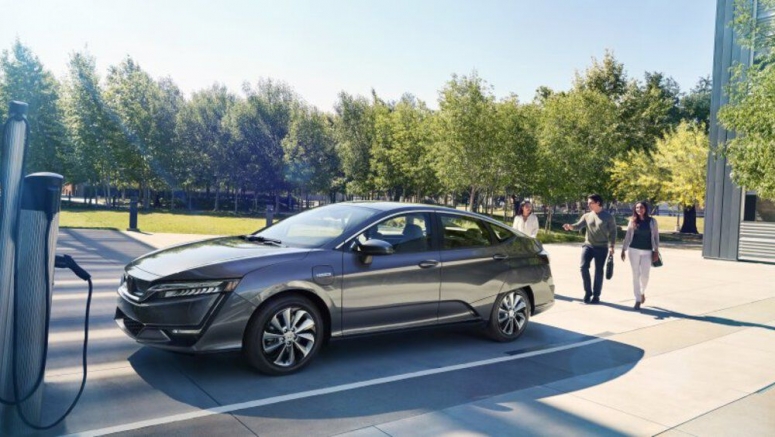
The electric vehicle segment just got a little bit smaller, though we doubt many buyers will notice. The Honda Clarity Electric is being discontinued for the 2020 model, though its plug-in hybrid and hydrogen fuel cell siblings will survive.
Honda showed a surprising amount of foresight when it made the Clarity available with a choice of electric, plug-in hybrid or hydrogen power. While this not-inexpensive move allowed the company to cover all of the green-car bases, the Electric was let down by a 25.5-kilowatt-hour lithium-ion battery pack that delivered up to 89 miles of range. This figure put it ahead of the now-discontinued Smart ForTwo Electric Drive but behind most other electric cars on the market, typically by a massive degree. Furthermore, motorists happy with less than 90 miles of range had to live in California or in Oregon, the two states the car was offered in, and they could exclusively lease it; it was never sold directly to private buyers.
- Published in Auto Moto
- Read more...
This Toyota 86 Features An All-electric Powertrain From The Leaf
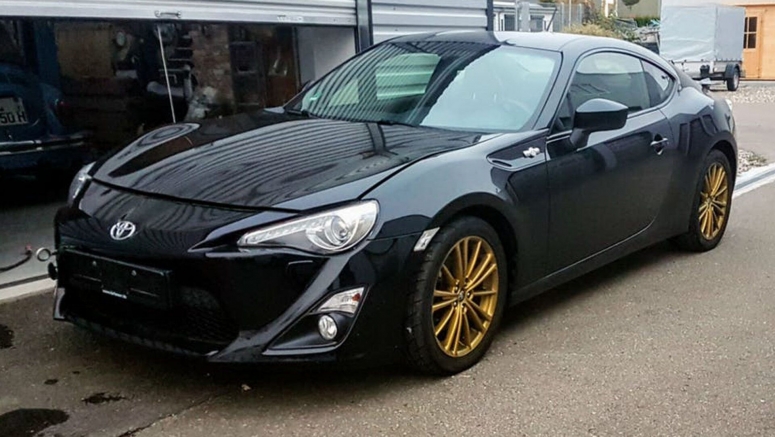
For years, people have been calling on Toyota to launch a more powerful version of the 86 complete with a turbocharged engine. A faster 86 isn't expected to arrive until the car's next generation so German enthusiast Philip Schuster has decided to build an amped-up (pun intended…) version of the 86 for himself. It's all-electric and unlike anything Toyota itself would ever dream of doing.
- Published in Auto Moto
- + VIDEO Read more...
Subaru Early Concept Electric Crossover Shown In Walkaround Video
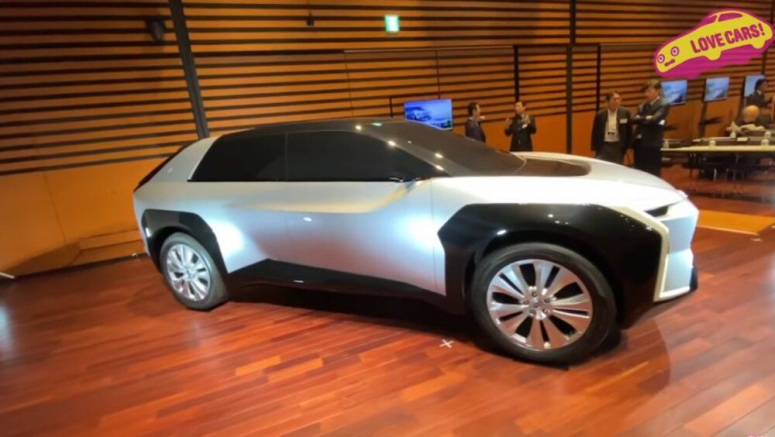
Subaru held a technology briefing this week in Tokyo where it announced ambitious sustainability goals, but nearly lost amid the discussion of converting its fleet over to electricity was the unveiling of what appears to be an early concept version of a forthcoming battery-electric crossover. Thanks to the Japanese YouTube account LoveCars!TV!, we get a walkaround look. It appears to be Subaru's version of the crossover EV it is jointly developing with Toyota, to be built atop a flexible platform that can accommodate multiple production vehicles from both brands. What we're shown is an athletic-looking crossover with its wheels pushed to the corners that borrows design elements, for better or for worse, from Cadillac, the Pontiac Aztek and the Tesla Cybertruck. Up front, the crossover borrows and exaggerates Cadillac's signature squared-off corners and deep fog-light scoops that also reminds us of Infiniti's Q Inspiration concept from the 2018 Detroit auto show. It opts for narrow LED headlamps, and it notably omits any aesthetic concession to even a faux grille, save for a hexagonal shape outlined by the panel seams. Coupled with the black cladding on the lower bumper, the crossover's face has a certain Batman-logo shape to it. Moving around to the side, we see heavy black cladding — it doesn't appear to be standard plastic, since it reflects light — around the wheel wells, lending them a semi-octagonal shape that evokes the strongest comparison to the polarizing Cybertruck. Coupled with some interesting side creases, the cladding also gives the appearance that the wheel wells bulge out, and that the doors pinch inward, more than they probably do in reality. There are also no door handles or brakes, the side mirrors are rearview cameras and the windows are blacked out, so there's nothing to divine about the interior and how far along that is in conceptualization. In back is where things get especially weird and Aztek-like, with a blunt and upright rectangular body panel making up the tailgate underneath a generously long, sloping rear window. It's beveled at the top to tuck underneath the rear LED light bar, which stretches the length of the glass, and curved on each end to integrate with the sides. The LED treatment also dives down 90 degrees from the horizontal rear bar and then makes another sharp 90-degree jag to bracket the rear panel in hard-angled brake lights. All in all, we're left with a busy concept full of sharp angles but a not-altogether unsuccessful silhouette that overall seems like a work in progress. The idea behind the tie-up with Toyota is that Subaru will bring its expertise in designing all-wheel-drive systems, while Toyota will add powertrain know-how to the pot, with both parties obviously saving money in development costs. Subaru also confirmed at the briefing that every model it makes will get an electrified powertrain by the mid-2030s and that it aims to reduce the average emissions from new vehicles sold by 2050 by 90% compared to 2010 levels.
- Published in Auto Moto
- Read more...
Subaru Will Make The Shift To 100% Electric Cars By Mid 2030s
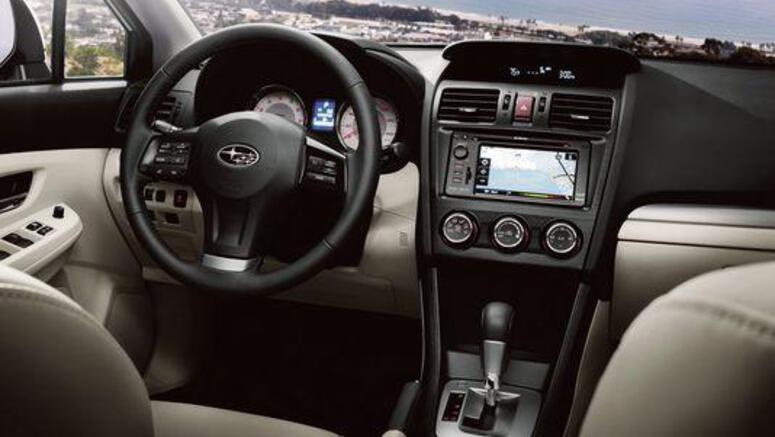
A lot of carmakers these days are creating electric cars or hybrids at the very least. This is because as the world starts to run out of fossil fuels, creating cars that don’t require them makes a lot of sense. In fact, Japanese carmaker Subaru has announced that by the mid 2030s, they plan to sell only electric cars.
As it stands, Subaru already sells hybrid and plug-in hybrids, but the company is expected to develop what they are calling a “strong hybrid” vehicle using Toyota’s technology. Speaking during a briefing, Chief Technology Officer Tetsuo Onuki said that despite using Toyota’s technology, they still want to make cars that are distinctively Subaru.
- Published in Technology
- Read more...
Subaru To Go Electric-only By The Mid 2030s

Nipping infinite rumors in the bud, Subaru confirmed the Outback, the Forester, the BRZ, the WRX STI, and every other car it makes will go electric or disappear by the middle of the 2030s. The Japanese automaker announced it plans to kick gasoline-powered cars out of its global portfolio in about 15 years' time. The announcement comes in the wake of ever-stricter emissions regulations around the globe, notably in China and in the European Union. The firm isn't going to turn the tap off overnight, though. Toyota owns an 8.7% stake in Subaru, and the two partners are jointly developing a pair of electric cars due out during the 2020s. Others will inevitably follow. By 2030, hybrid and electric models will represent at least 40% of Subaru's annual global output. In the meantime, Subaru is funneling an immense amount of money into adapting Toyota's hybrid technology to its vehicles. The gasoline-electric variant of the Crosstrek introduced in 2018 a product of this collaboration. Executives outlined plans to release a "strong hybrid" again built with Toyota parts, though they stopped short of providing more details. They also stressed their goal isn't to achieve mere badge-engineering. "Although we're using Toyota technology, we want to make hybrids that are distinctly Subaru. It's not only about reducing CO2 emissions. We need to further improve vehicle safety and the performance of our all-wheel drive," affirmed Tetsuo Onuki, Subaru's chief technology officer, during a briefing Reuters attended. His comments suggest all-wheel drive will continue to define the members of Subaru's range in the electric-only era. The configuration has been one of the brand's strongest selling points for decades, and it helped it grow from a niche brand peddling obscure cars to a major mainstream automaker in the United States, so giving it up would be marketing suicide. The horizontally-opposed engine is Subaru's second signature, it's what the C-shaped daytime running lights seen on its cars are inspired by, but Onuki confirmed its rumbling days will come to an end.
- Published in Auto Moto
- Read more...
Toyota Makes $394m Investment In Electric Flying Car Startup
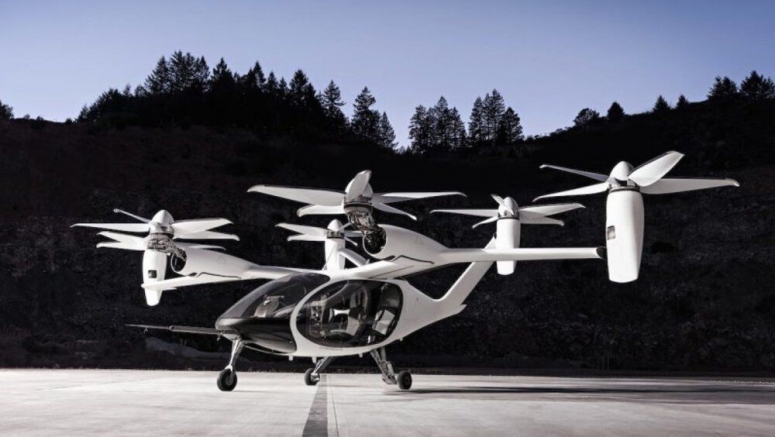
Toyota is making its first big bet on the airborne urban mobility market of the future by investing $394 million in Joby Aviation, a California-based company that has developed a four-passenger, battery-electric vertical takeoff and landing aircraft.
Toyota served as the lead investor in Joby's $590 million Series C financing round and says it will share its vaunted expertise in manufacturing, quality and cost controls to help Joby develop, produce and commercialize its eVTOL aircraft. Toyota will also appoint Executive Vice President Shigeki Tomoyama to the Joby board of directors.
The move gives the automaker a presence in the increasingly popular "flying car" segment that has seen the likes of Hyundai, Porsche, Audi and Uber start to develop airborne taxi concepts as one solution to rising urban traffic congestion.
Toyota filed for patent protection back in 2018 for a car capable of driving on terra firma and flying, courtesy of the ability to transform itself via a pair of struts that tilt upward and sprout spring-loaded rotor blades from the wheels, enabling it to fly. But the company hasn't showed off an actual prototype.
"Air transportation has been a long-term goal for Toyota, and while we continue our work in the automobile business, this agreement sets our sights to the sky," Toyota President and CEO Akio Toyoda said in a statement.
As for the aircraft itself, it looks like a combination of a helicopter, small fixed-wing airplane and drone. Joby claims it can travel at 200 mph and go more than 150 miles on a single charge, with multiple redundancies baked in to avoid single points of failure. No details are offered about its battery pack or powertrain.
Joby is in major growth mode, as evidenced by the many job openings listed on its website, and it says it is building manufacturing and testing facilities in Marina, California, not far from its headquarters in coastal Santa Cruz. The company was founded in 2009 and says it has opened its formal certification program with the Federal Aviation Administration.
- Published in Auto Moto
- Read more...
